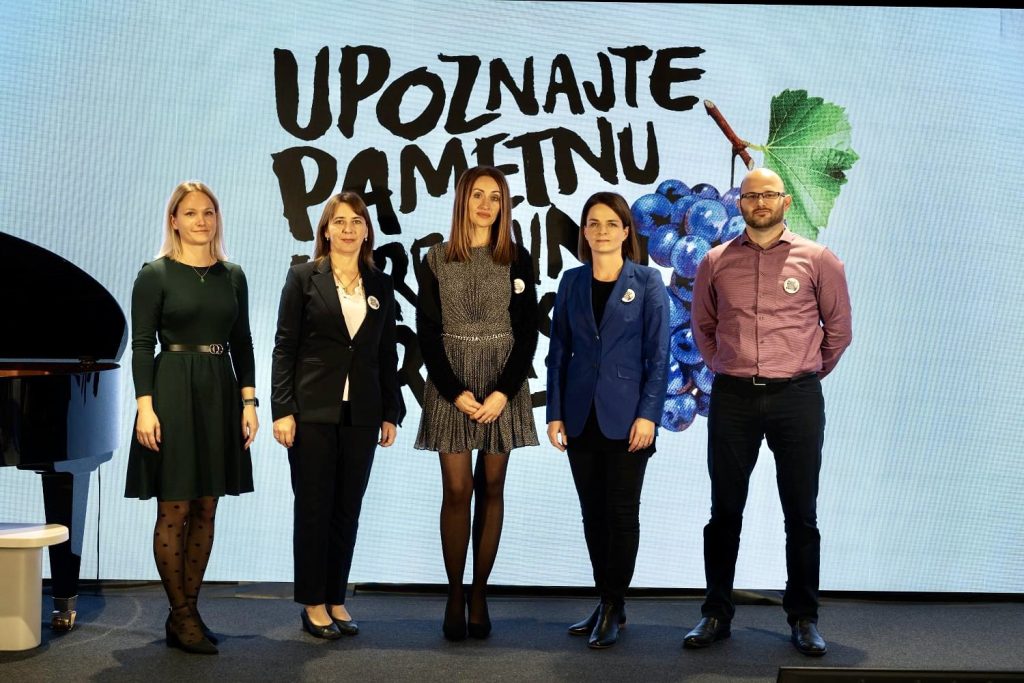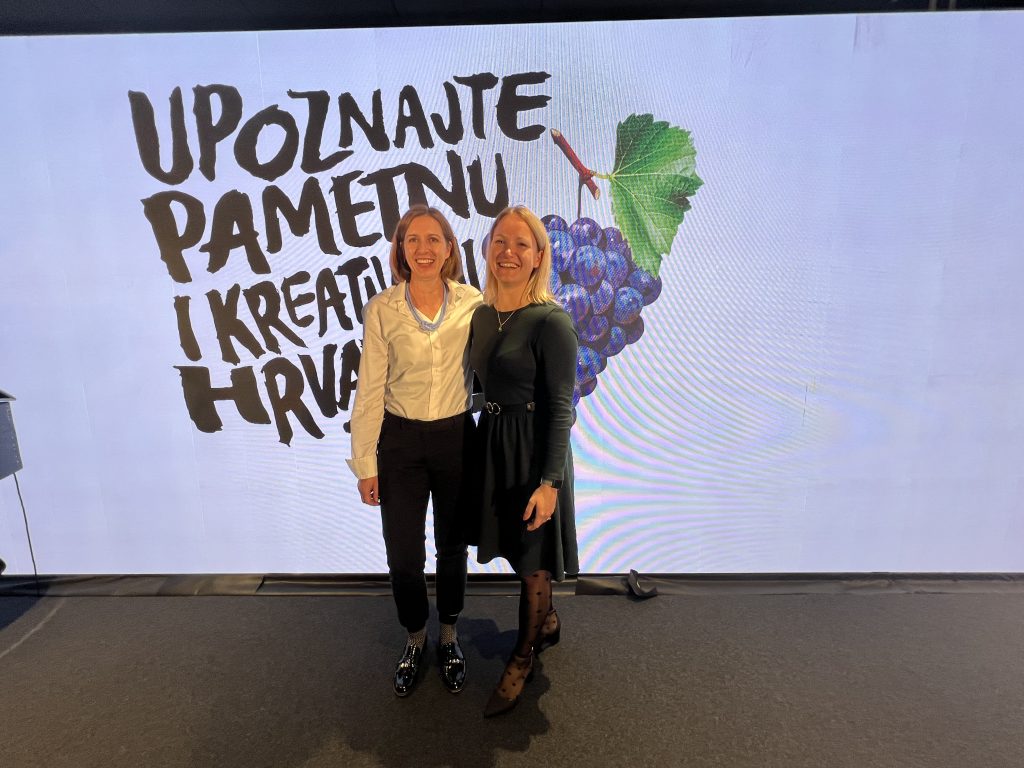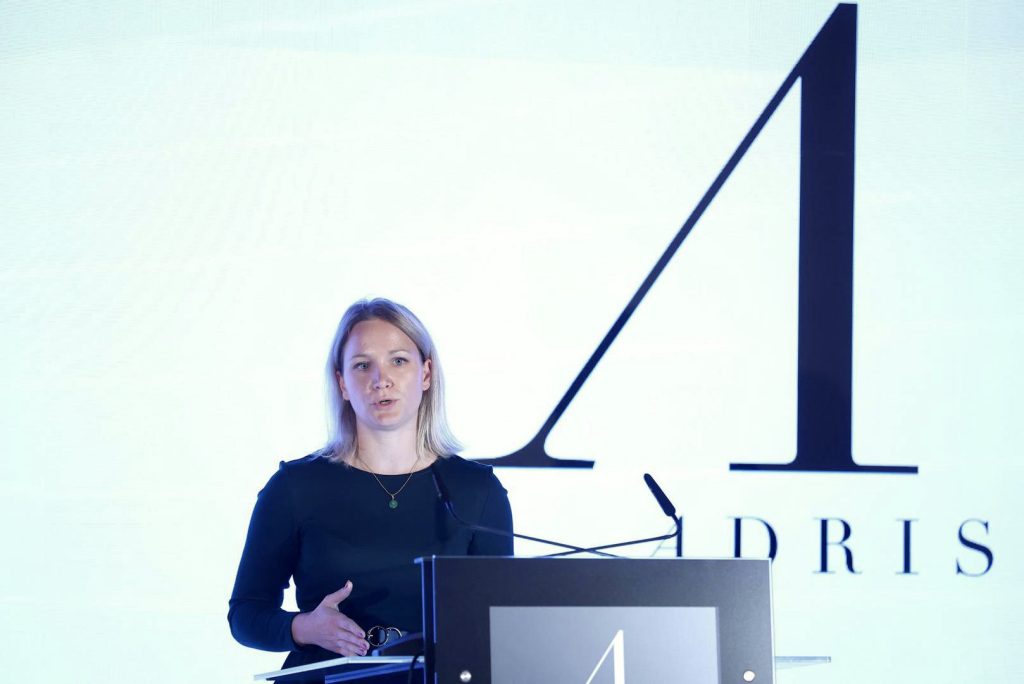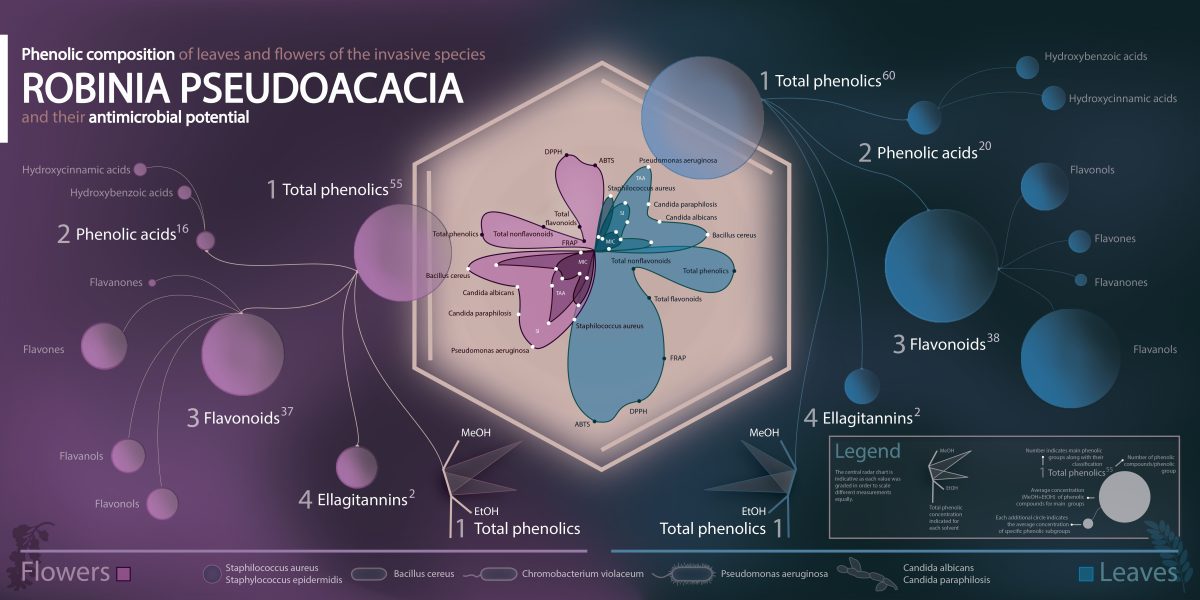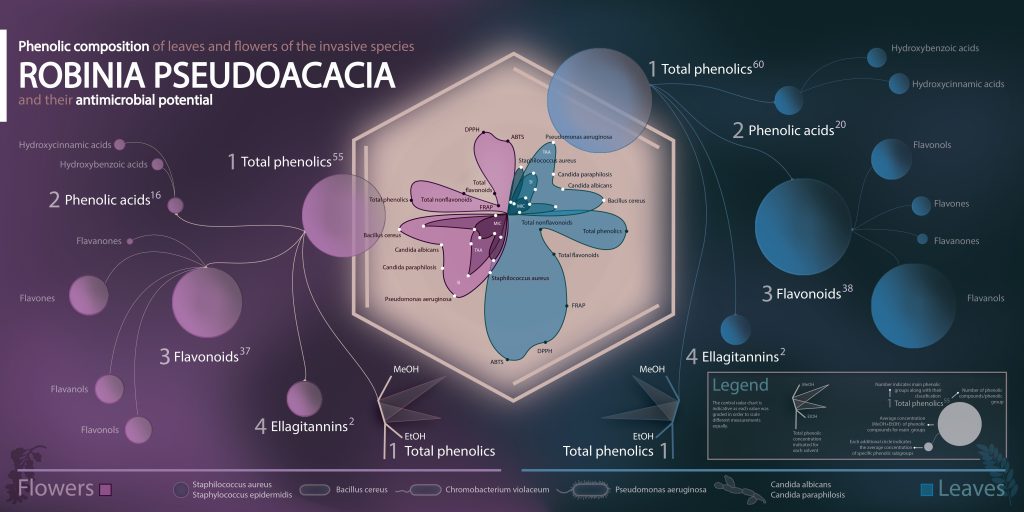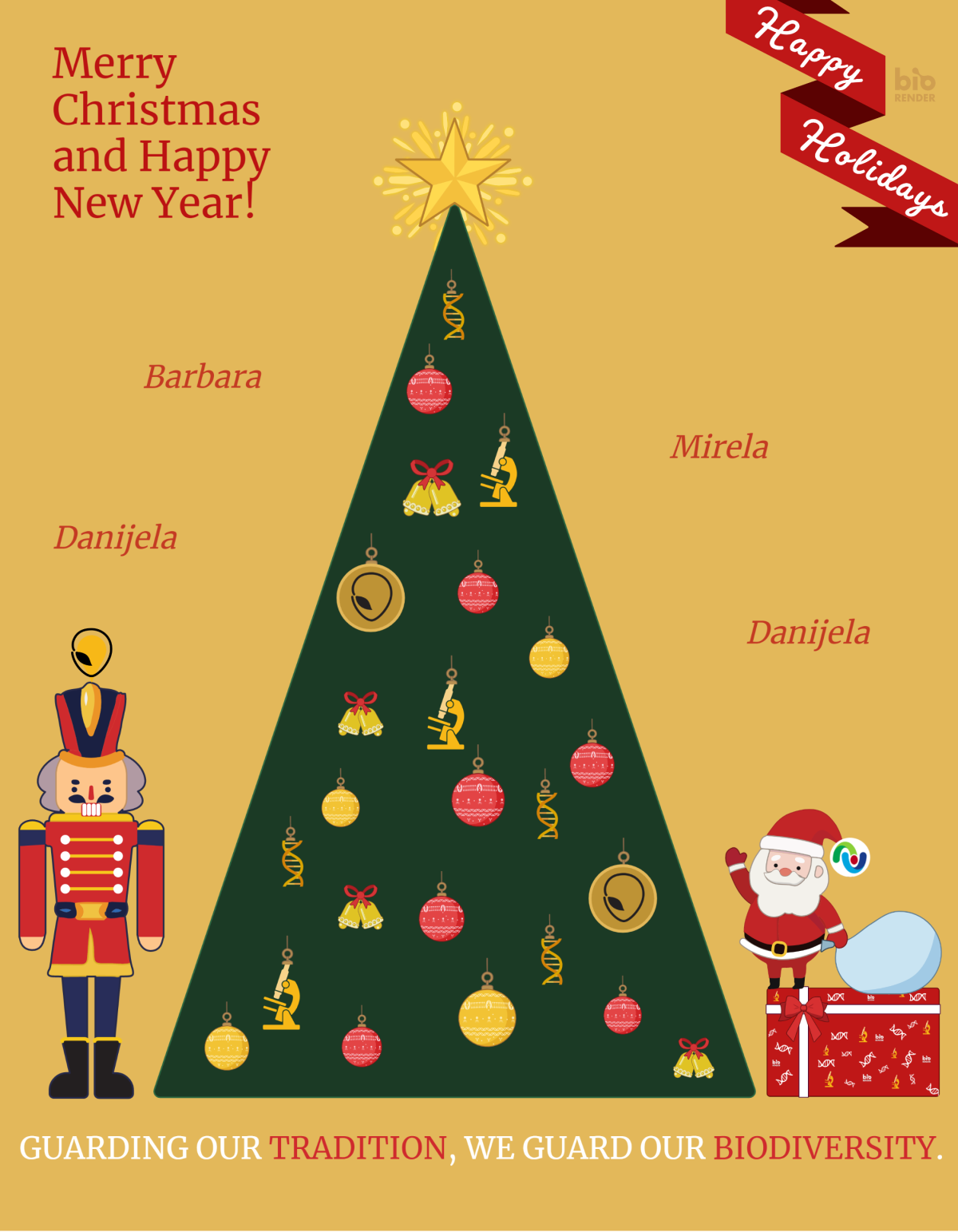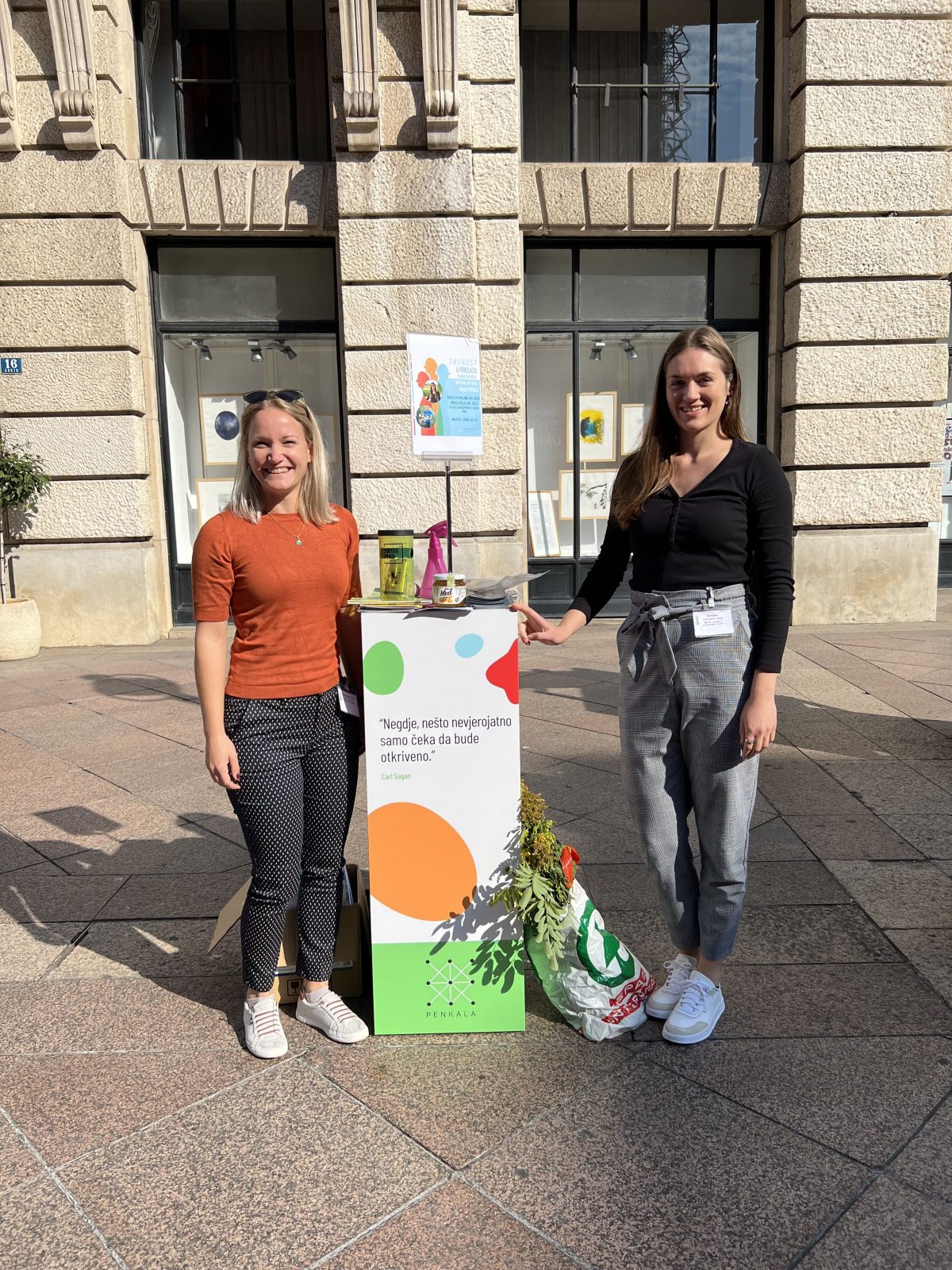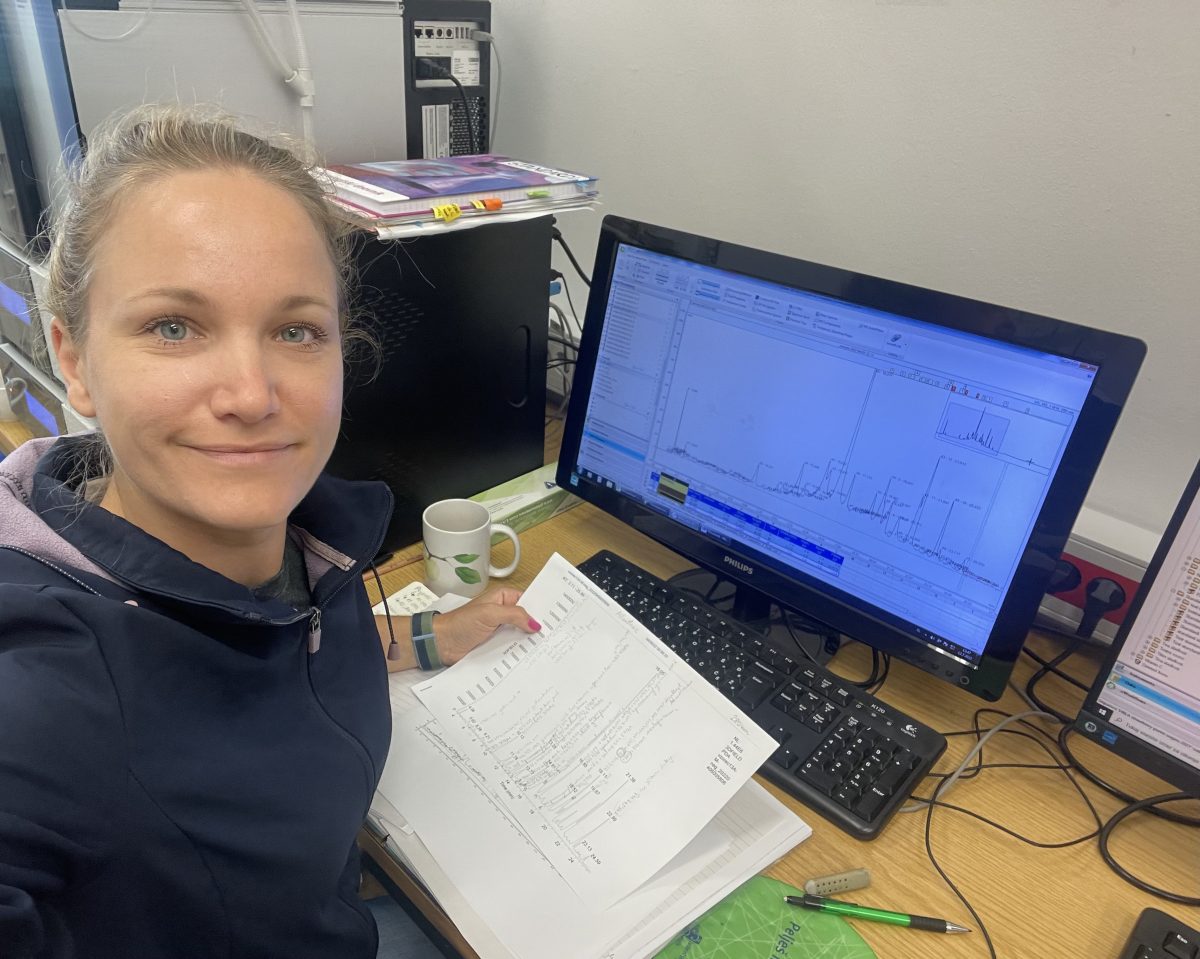On Monday, September 16, in the Multimedia Center “Macel” in Žminy, the publication “Monumental trees: a guide for researchers” was presented by the author, biologist, from the Institute of Agriculture and Tourism, Mirela Uzelac Božac, Danijela Poljuha, Barbara Sladonja and Nataly Milovan.

Istria, known for its rich history and beautiful nature, hides many more undiscovered stories – monumental trees. This is a project to preserve monumental trees in Istria, which was supported last year by the Adris Foundation and enabled the first edition of this publication in 150 copies. The manual contains detailed stories about 4 monumental trees and how to get to 10 of them. The manual comes with a map of Istria and stickers that can be collected by visiting and discovering the trees.
The stars of this guide are: The Honey Monument from Poreč, the Dancing Oak in Rojnići, the Guardian Linden from Ćićarija and the Cedrus brothers from Červar, which are waiting to be discovered and their stories told. These are trees that are almost 200 years old, which is why they are worth visiting.

Why are monumental trees important?
Monumental trees are not only aesthetically pleasing, but also play an important ecological role. They provide refuge for numerous animal species, clean the air and water, and help mitigate climate change. The preservation of these green giants is of crucial importance for the preservation of biodiversity and the sustainability of our planet.

More information as well as instructions for finding trees at: https://monumentalna-stabla.eu
And finally, the authors say: “We hope you will enjoy the research as much as we did while working on this Handbook!”














